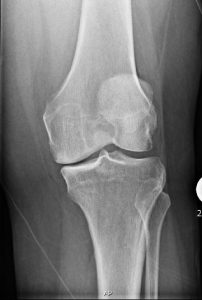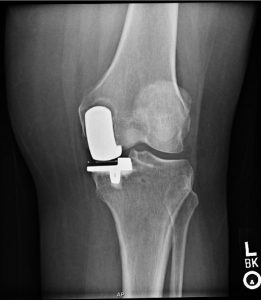

Background
There is much debate as to whether a person should go with a partial knee replacement versus a total knee replacement, considerations to remember are definitely the age at which you are going through with the surgery, the activity level at which you operate, and the level of arthritis you are experiencing. There are advantages and disadvantages to choosing the partial knee versus the total knee replacement, the biggest being that the partial knee allows the knee to feel more normal compared to it feeling so robotic in a total knee. There are 3 types of partial knee surgeries you could accept there is the unicompartmental knee system, the bicompartmental knee system and finally the tricompartmental knee system. The partial knee system is meant to be able to save the ACL and the PCL, this keeps the knee from feeling so robotic. The entire knee is not going to be covered by metal, the metal will encase the bone with plastic spacers in between. The plastic is cemented to the bone with bone cement to ensure that the new knee does not fall away.
Treatment
Before your surgery we suggest that if you are healthy enough, you should begin or continue with an exercise program. This can be initiated through a physical therapy clinic or through a home-exercise program. Walking daily is an easy way to get some physical activity prior to surgery. The more you are able to do before surgery, the better off you will be following surgery. A therapist will be able to perform a functional assessment and identify any preoperative impairments.
The surgical facility will contact you and review your medical history, medications, and allergies 3-5 days prior to surgery. They will confirm your arrival time and make sure that you understand where to go on your day of surgery.
You may or may not be given a preoperative surgical soap to use over the 3 day period before surgery. If you have a history of severe infection or MRSA please make sure the surgeon or physician assistant is aware of this prior to surgery as it may be necessary to take additional steps to help prevent a postoperative infection.